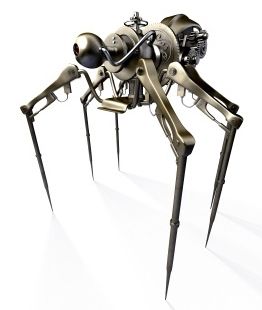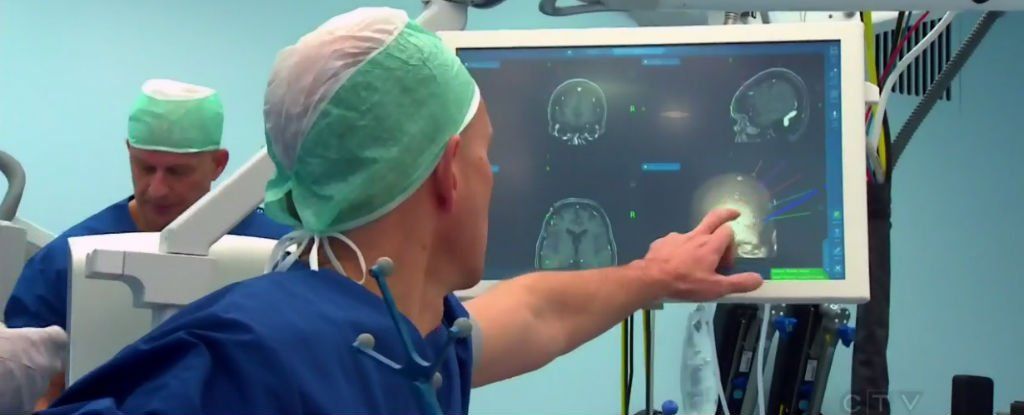Nov 14, 2016
Scientists develop world’s first light-seeking synthetic nanorobot
Posted by Klaus Baldauf in categories: biotech/medical, engineering, nanotechnology, robotics/AI
With bots the size of a single blood cell, this could spur a huge leap in the field of non-invasive surgeries.
Scientists have developed the world’s first light-seeking synthetic nanorobot which may help surgeons remove tumours and enable more precise engineering of targeted medications.
It has been a dream in science fiction for decades that tiny robots can fundamentally change our daily life. The famous science fiction movie “Fantastic Voyage” is a very good example, with a group of scientists driving their miniaturised Nano-submarine inside human body to repair a damaged brain.
Continue reading “Scientists develop world’s first light-seeking synthetic nanorobot” »
















